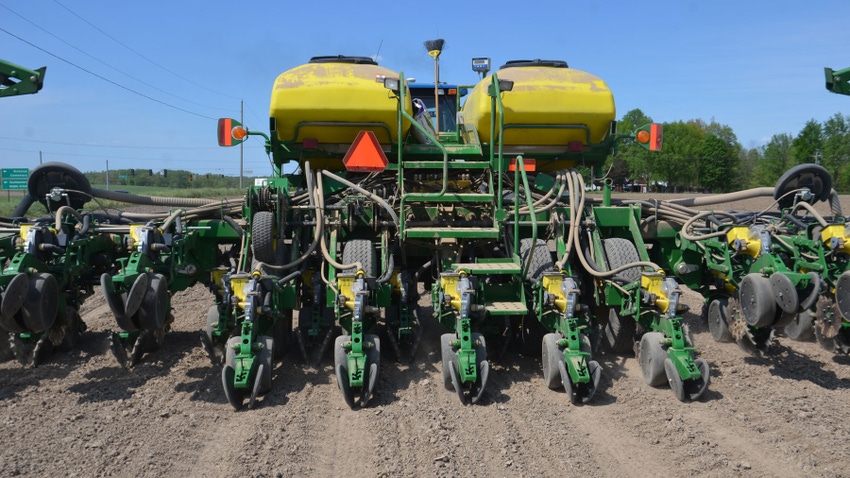
You’ve developed a system that kicks out respectable corn yields and profits year in and year out. Then this year comes along, and your corn budget indicates profit margins could be tighter. Should you cut expense out of your budget by eliminating an input or switching to a cheaper option? If you trim the budget, will yields hold steady, or are you gambling on sacrificing yield to save money upfront?
If you’re trying to answer these types of questions, look at what Beck’s found in one of its Practical Farm Research studies in 2022.
“We called it an omission study,” explains Steve Gauck, a regional agronomy manger for Beck’s, based near Greensburg, Ind. “We took a proven system and focused on four practices that were PFR Proven. That means each was tested at multiple locations for three years, and produced a yield increase each year with an average net profit increase.
“So, here, we compared the full system against the same recipe, missing one of the four PFR Proven practices each time. The variable was a missing practice.”
This study was repeated at four Beck’s PFR locations: central Illinois, central Iowa, Ohio and Minnesota. Then results were averaged together.
Corn system results
The four successful strategies were:
1. plant in a timely window, between April 27 and May 7
2. trade out two solid rubber closing wheels for two Yetter Twister poly closing wheels
3. split nitrogen application, with 60 pounds per acre of liquid N at planting and 130 pounds per acre sidedressed at V3 vs. 190 pounds of UAN at V3
4. traditional fungicide application of 7 ounces per acre of Veltyma vs. no fungicide
The proven system averaged 212 bushels per acre across all four locations. Corn was priced at $6.11 per bushel, UAN cost $1.04 per unit, and Veltyma was $414.95 per gallon.
Later planting date. Planting between May 16 and May 31 vs. the earlier window dropped yield to 208.5 bushels per acre. It produced $21.39 per acre less net income.
Solid rubber closing wheels. Yield was off 2.3 bushels per acre and net income was down by $14.05 per acre compared to the proven system. That’s comparable with how solid rubber wheels have compared before, Gauck notes. Sometimes, the yield drop and cost for staying with solid rubber wheels is even higher.
Single N application. Yield slipped 2.8 bushels per acre on average, with lower net income off $17.11 per acre. The same amount of nitrogen was applied on all plots. The only difference was that no N was applied at planting in this plot.
No fungicide. Skipping the fungicide application caused the biggest yield drop, at 5 bushels per acre. However, since fungicide was the most expensive practice changed or omitted, net income was off the least compared to the control, at $7.86 per acre.
Bottom line
Going away from the system proven over time resulted in a yield loss ranging from 2.3 to 5 bushels per acre, Gauck says. It reduced net income in a range from $7.86 to $21.39 per acre.
“If you have confidence in your system, stay with it,” Gauck concludes. “Changing it to gamble on saving a few dollars could prove unwise.”
About the Author(s)
You May Also Like




